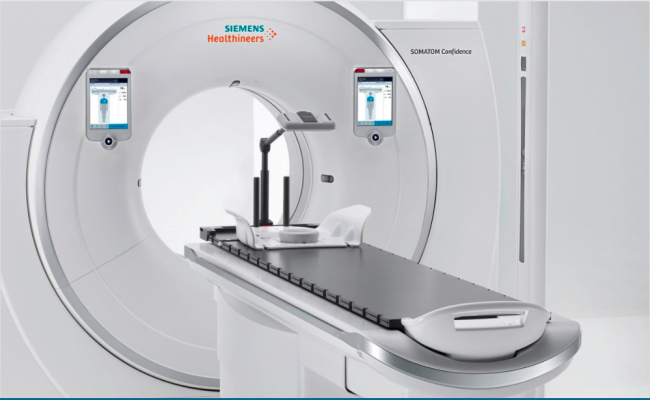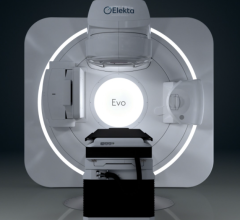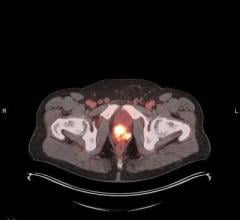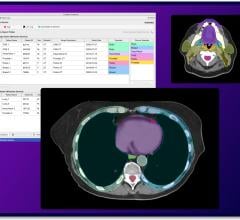
December 20, 2016 — The U.S. Food and Drug Administration (FDA) has granted 510(k) clearance for Siemens’ Somatom Confidence Radiation Therapy (RT) Pro computed tomography (CT) scanner with features dedicated to RT planning. Together with the new, advanced version of the company’s optional syngo.via RT Image Suite software, the Somatom Confidence RT Pro helps achieve personalized scans while simultaneously enabling facilities to reach higher levels of standardization and efficiency.
The new syngo.via RT Image Suite software complements Confidence RT Pro with integrated image assessment, contouring, and patient marking features
The new Somatom Confidence RT Pro is designed to deliver new RT images that challenge current practices in RT treatment planning, which favor standardization over personalization. For example, the standard RT treatment plan of every patient – regardless of age, gender, disease state, or imaging system – is built on 120 kV CT images, which are not optimized for precise contouring but enable a highly controlled workflow.
Taking into account the trend toward more advanced treatment techniques where precision is critical to high-quality care, the Somatom Confidence RT Pro enables personalized scans by delivering images that are optimized for both contouring and dose calculation. No longer limited to the traditional 120 kV tube voltage, radiation oncology professionals can now, through the Somatom Confidence RT Pro and its new DirectDensity™¹ technology, provide personalized imaging for each RT patient.
The Somatom Confidence RT Pro features the DirectDensity[1] algorithm, which can be used to reconstruct images where values can be interpreted as showing relative electron density[2] at any given kV setting, enabling seamless use of those images for treatment planning. And thanks to iMAR metal artifact reduction, task-based automated kV settings with CARE kV, and an all-new detector that enhances image quality and dual energy performance, the Somatom Confidence RT Pro can generate personalized images for all RT patients – images intended to enable optimal precision along the entire RT chain, for both confident contouring and dose calculation.
Additionally, the new syngo.via RT Image Suite software from Siemens Healthineers complements the Somatom Confidence RT Pro by helping radiation oncology professionals increase efficiency with integrated image assessment, contouring, and patient marking features in one solution. Its flexible client-server based architecture enables easy adaptation to the needs of RT staff regardless of location – be it the CT console, the physician’s office, or the dosimetry lab. And developed with an eye toward scalability, syngo.via RT Image Suite can grow with the needs of the RT department, from straightforward simulation tools to complex, interdepartmental, multi-modality workflow and task support, Siemens said.
syngo.via RT Image Suite can help users open new clinical avenues, potentially enabling them to consume complex studies such as multi-parametric magnetic resonance (MR) images, dual energy and perfusion CT images, and 4-D positron emission tomography (PET)/CT images, among others.
For more information: www.siemens.com/healthineers
References:
1. DirectDensity reconstruction is designed for use in Radiation Therapy Planning (RTP) only. DirectDensity reconstruction is not intended to be used for diagnostic imaging.
2. As shown by measurements with a Gammex 467 Tissue Characterization Phantom comparing standard reconstruction (kernel D30) and DirectDensity reconstruction (kernel E30). HU value to relative electron density conversion for the standard reconstruction was based on a two-linear-equations approach with individual calibration for each tube voltage. For DirectDensity images, a single tube-voltage-independent linear conversion was used.


 May 16, 2024
May 16, 2024 








